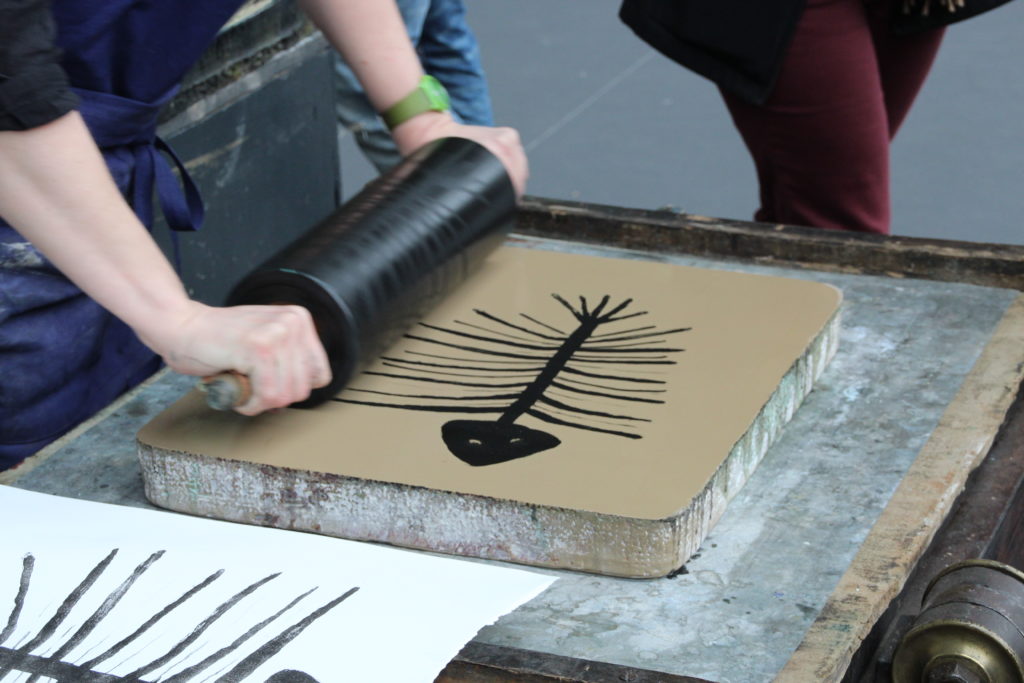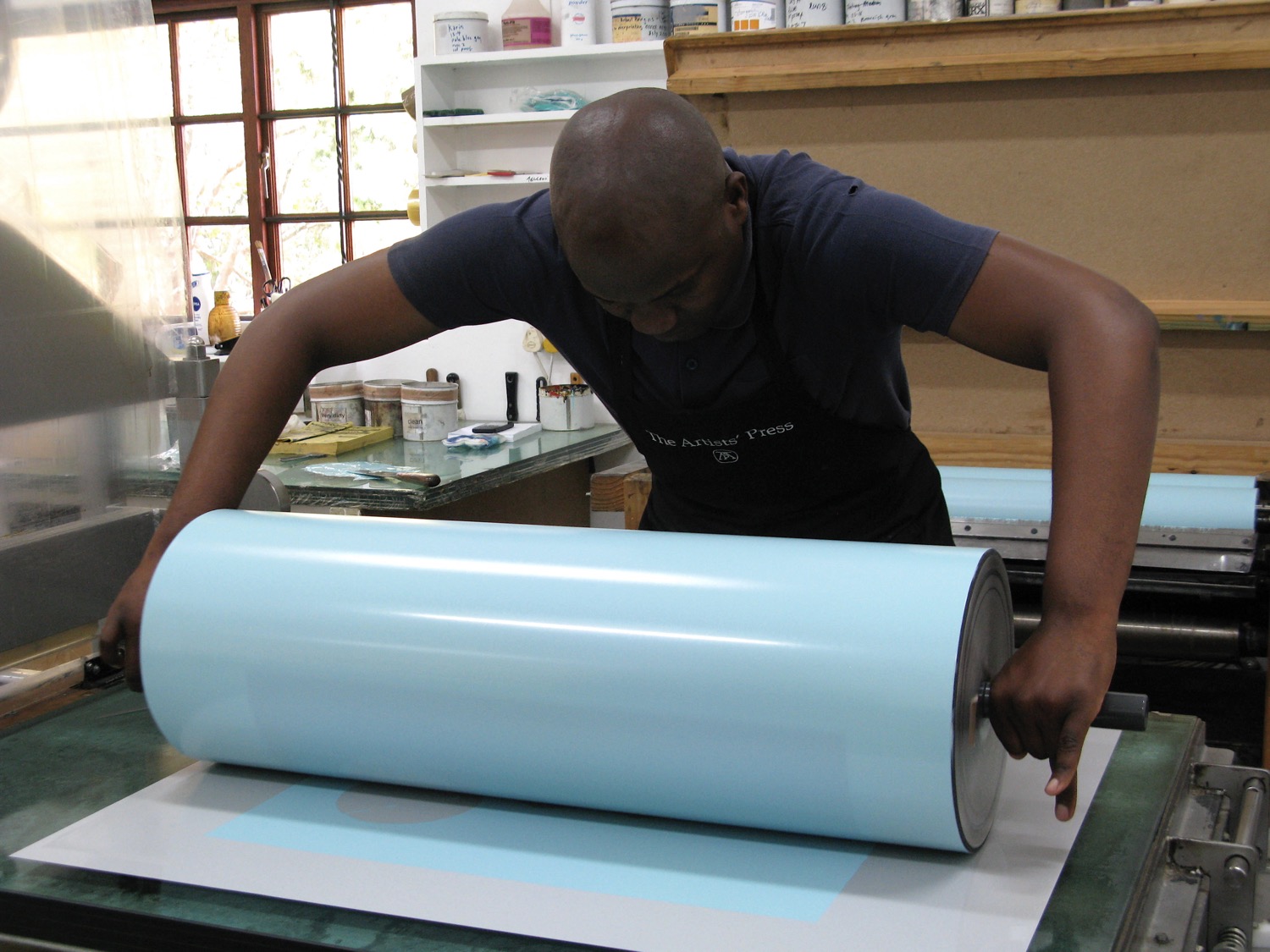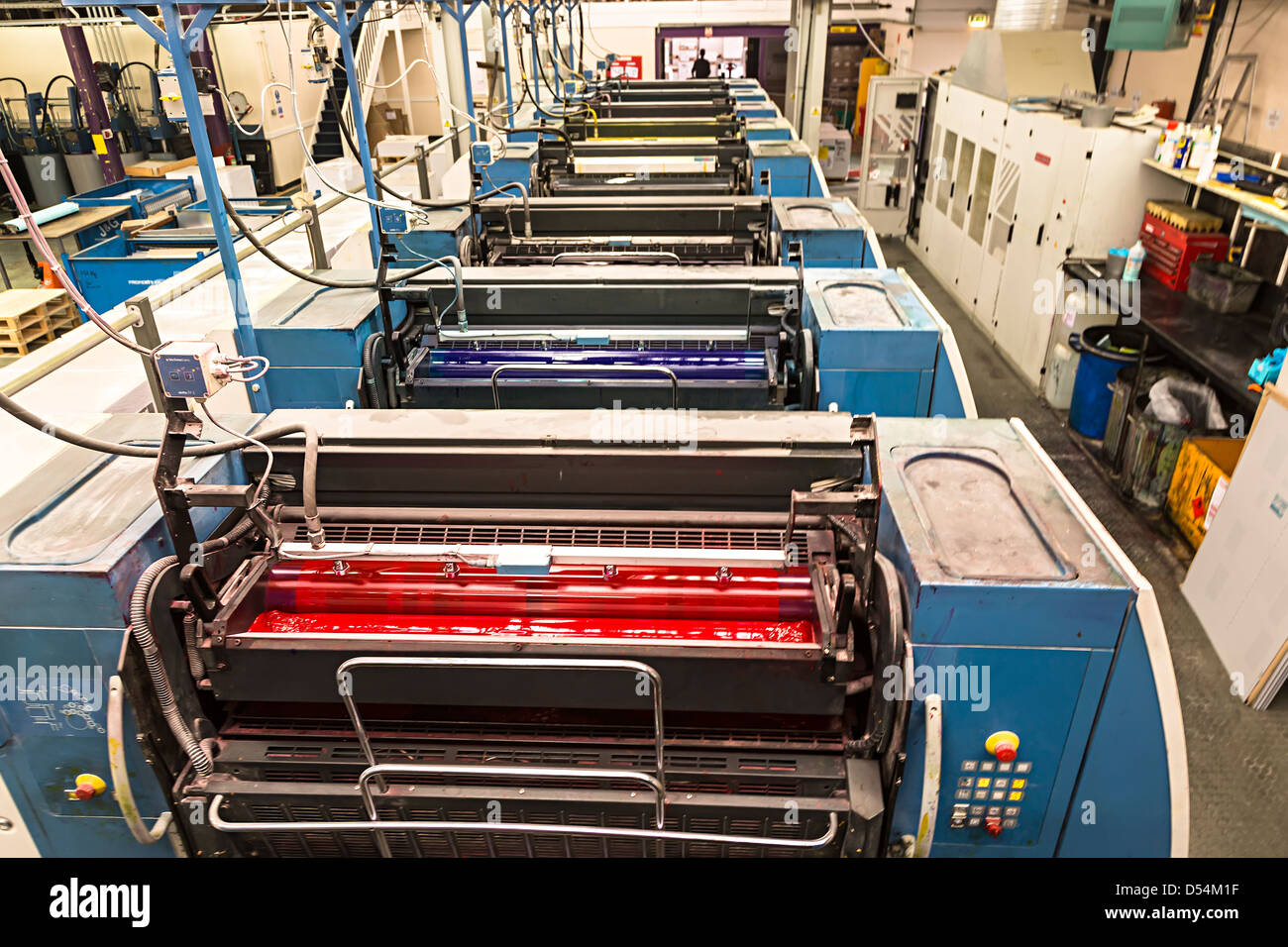A Comprehensive Overview to Recognizing Litho Printing Techniques
The world of litho printing, a strategy originating from the late 18th century, is a remarkable mix of history, science, technology and art. Remain with us as we journey into the exciting realm of litho printing.
The Historic Evolution of Litho Printing
The historical trajectory of litho printing, an essential development in the world of interaction, is an exciting story of human ingenuity. The process evolved with the arrival of the rotary press, which significantly raised performance. Each phase of litho printing's evolution showcases humankind's relentless pursuit of effectiveness and high quality in aesthetic interaction.
Deciphering the Science Behind Litho Printing Inks
Moving forward in the expedition of litho printing strategies, the emphasis currently moves to the science behind litho printing inks. The make-up of these inks, their drying out procedure, and color mixing methods form the foundation of this complicated art type. Understanding these components is vital to understanding the craft and achieving the preferred print results.
Make-up of Litho Inks
In lithographic printing, the essential duty of litho inks can not be overstated. Pigments, the color-providing components, are carefully ground fragments suspended in the automobile, a fluid that lugs the pigment onto the printing surface area. Each component plays a critical component in the last print's quality, making the exact formula of litho inks a complex scientific research.
Ink Drying Process
From the composition of litho inks, attention turns to the fascinating process of ink drying out. The drying procedure is critical, as it impacts the final print's high quality and long life. Two primary techniques are used in litho printing: oxidative drying and absorption. Oxidative drying out involves the ink responding with oxygen in the air to develop a tough, completely dry film. This technique supplies a sturdy coating, but can be slower contrasted to absorption. Absorption, on the other hand, includes the ink leaking right into the paper fibers, which is a much faster process but can lead to less vivid colors. The selection in between these methods is reliant upon elements such as print rate requirements, the paper kind utilized, and the wanted coating.
Color Combining Methods
While the drying process plays a crucial function in litho printing, the science of shade mixing techniques holds equal value. The scientific research behind litho printing inks also takes right into account the transparency of the ink, which influences how colors overlay and mix.
The Art and Layout Elements in Litho Printing
Litho printing takes a breath life right into art and style via its unique components. Litho printing fits a variety of shades, enabling artists to produce vibrant and lively prints. This mix of accuracy and versatility makes litho printing a preferred option for numerous artists and designers.
Modern Applications of Litho Printing Methods
Litho printing methods have found substantial use in the contemporary industrial industry. Its impact and relevance proceed to grow with the development of new innovations and modern technologies in the field. This section will certainly explore these modern applications and the transformative function they play in the printing sector.
Commercial Litho Printing Uses
In today's digital age, one could wonder concerning the importance of conventional printing approaches. Yet, litho printing stays an essential component of the business sector. High-volume printing jobs, such as the manufacturing of helpful hints publications, newspapers, and product packaging, depend on litho printing for its ability to provide superior photo high quality and price performance. The process, which includes transferring a tattooed photo from a plate onto a rubber blanket and afterwards to the printing surface, supplies unrivaled uniformity. This makes it suitable for tasks needing a big print run. Litho printing likewise offers a wide shade spectrum, remarkable to that of electronic printing. This makes it the go-to option for jobs that demand dynamic, premium color reproduction.
Innovations in Litho Printing
Pressing the limits of typical techniques, modern-day improvements have sustained a host of innovations in litho printing. These advancements have not just enhanced the quality and performance of litho prints however also broadened its application scope. One famous advancement is digital litho printing, which combines the virtues of digital innovation with litho's top notch output. This crossbreed model offers faster arrangement times, lowered waste, and allows on-demand printing. Another significant innovation is the intro of eco-friendly inks. These inks, made from veggie or soy-based options, have dramatically lowered the market's environmental impact. litho printing. Furthermore, the growth of sophisticated plate modern technology has streamlined the printing procedure, causing sharper photos and enhanced color integrity. These technologies emphasize the enduring relevance of litho printing in the modern globe.
Checking out the Refine of Litho Printing: Step by Step

Challenges and Solutions in Contemporary Litho Printing

In spite of the precision and custom that litho printing proudly maintains, it page is not without its collection of modern challenges. The most common concerns include the high first setup cost, trouble in printing variable information, and environmental concerns as a result of chemical usage. Remedies are emerging as modern technology progresses. Digital litho printing enables affordable short runs and simple modification, addressing the problem of variable data. Environmentally-friendly inks and more secure plate-making procedures mitigate ecological worries. In addition, innovations in automation have actually decreased labor costs, further democratizing the lithography process. Thus, while there are challenges, the litho printing industry is proactively adapting to satisfy them head-on, ensuring its importance in the future.
Conclusion
In conclusion, litho printing, with its rich history and scientific ins and outs, holds a significant area in the print market. The future of litho printing hinges on its capability to adapt to these changing demands, affirming its enduring value in a progressing market.
